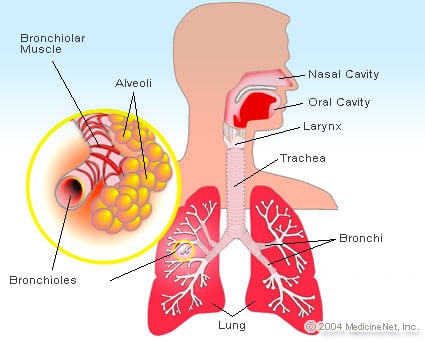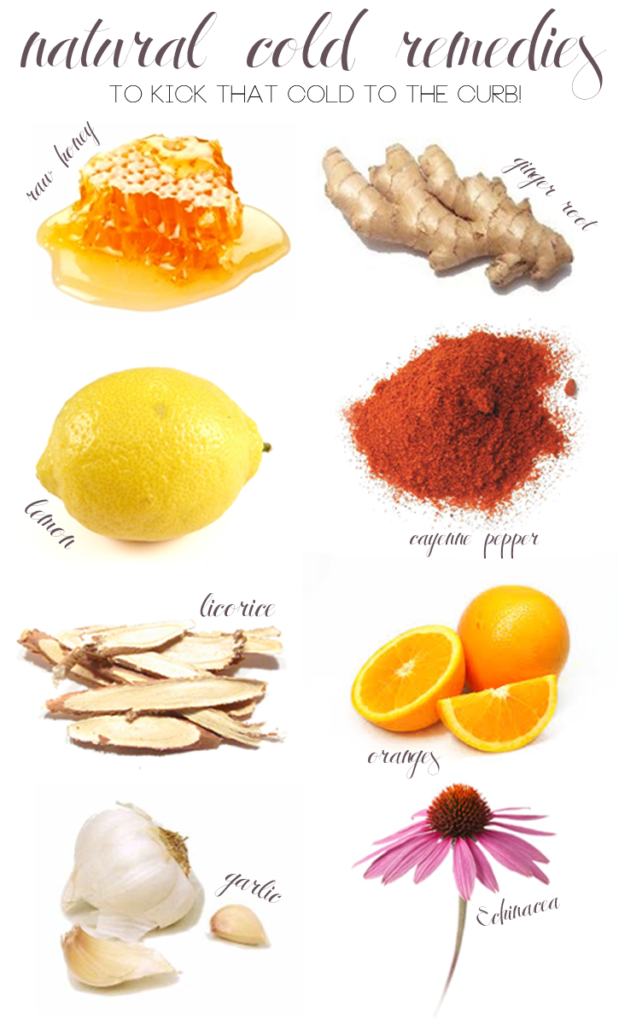
Natural cold remedies can make your cold more manageable. Keep your water intake high and avoid drinking fruit juices. Green tea has also been found to help reduce the duration of a cold. Camellia Sinensis, the Camellia Sinensis herb, has been found to increase immunity and reduce symptoms of colds. You can try green tea with honey. You might also like elderberry, Shiitake mushrooms, and Apple cider vinegar.
Apple cider vinegar
Apple cider vinegar is an effective remedy for the common cold. It is also antibacterial and can loosen mucus. This is an obvious relief for anyone suffering from persistent cough. There is still much to be done to prove its claims. You should consult your doctor before making drastic diet changes. Despite being reluctant to drink apple cider vinegar, it is an excellent alternative to other drugs.
Honey
Honey as a natural remedy for the cold flu isn't new. Honey has been used by humans as a medicine for thousands years. It is mentioned in the Qur'an and Bible as a medicine. Hippocrates, the Greek doctor and father of early medicine, also wrote about honey's healing properties. Oxford University researchers examined the results from 14 studies. Nine of these studies were specifically focused on children. The majority of them compared honey to conventional treatments.

Shiitake mushrooms
Shiitake mushrooms provide many benefits as natural cold-flu remedies. They contain polysaccharides, triterpenes, and other compounds that activate T cells, NK cells, and macrophages. Their high concentration of polysaccharides, triterpenes, and other compounds also have antioxidant properties. They are thought have immunomodulatory qualities and contain all eight of the essential amino acids.
Elderberry
Although its effectiveness as an effective natural remedy for colds and flus has been questioned, one study shows that it may reduce the time of illness by approximately four days. In a 2004 study, 60 adults discovered this. More recently, a study on air travelers found that elderberry syrup also reduced the duration of illness by about four days. While it isn't clear whether elderberry syrup acts as an effective antiviral treatment when taken orally it can be used to treat symptoms.
Ginger
A natural cure for a cold and flu is ginger. This may reduce the time that a cold or flu can last. Ginger is a powerful anti-inflammatory, antioxidant and can fight off infection. It also has vitamin C that improves the immune system. A cup of warm water can be used to soothe a sore throat or to keep you hydrated.

Garlic
Garlic has powerful antibacterial properties. When it's raw, garlic's healing power is immediately apparent. Its immediate effects can be used to treat flu symptoms and cold symptoms. Its antibacterial effect supports the body’s fever fight process. Garlic can be used as a diaphoretic to help the body warm up.
FAQ
What can I do to lower my blood pressure?
You must first determine the cause of high blood pressure. You must then take steps towards reducing the problem. You can do this by eating less salt, losing weight, or taking medication.
It is important to ensure that you get enough exercise. If you don't have time for regular exercise, then try walking as often as possible.
If you're unhappy with the amount of exercise you do, you might consider joining a fitness club. You will likely want to join an exercise group that shares your goals. It's easier to stick to an exercise routine when you know someone else is going to see you at the gym.
Why does our weight change as we get older?
How do you determine if your bodyweight is changing?
Weight loss occurs when there is less fat than muscle mass. This means that daily calories should be less than daily energy. Reduced activity is the leading cause of weight gain. Other causes include illness, stress, pregnancy, hormonal imbalances, certain medications, and poor eating habits. Weight gain occurs when there is more fat than muscle mass. It occurs when people eat more calories than what they use in a given day. Common reasons include overeating, increased physical activity, and hormonal changes.
The main reason why our bodies lose weight is because we consume fewer calories than we burn. Regular exercise increases metabolism, which means that we burn more calories per day. But, this does not mean that we will be thinner. It is important to know if we are losing weight or gaining muscle. If we are burning more calories than what we eat, then we will lose weight. But, if we consume far more calories than what we burn, then we actually store them as fat.
As we age we tend to be slower in moving and thus we don't move nearly as much. We also tend have less food to eat than when our children were young. We tend to gain weight. On the flip side, we tend to have more muscle mass so we look bigger than we really are.
If you don't weigh yourself every week, it's impossible to determine how much weight has been lost. There are many methods to measure your weight. You can measure your waist, hips and thighs as well as your arms. Some people prefer using bathroom scales and others prefer tape measure.
To track your progress, weigh yourself once a week. Measure your waistline once per month. To see how far you have come, you can take photos of yourself every few month.
You can also find out how much you weigh by looking up your height and weight online. If you are 5'10" tall, and you weigh 180 lbs, then you would probably weigh 180 lbs.
How to measure body fat?
A Body Fat Analyzer is the best way to measure body weight. These devices are used to measure body fat for people who want weight loss.
How does an antibiotic work?
Antibiotics are medications that kill harmful bacteria. To treat bacterial infections, antibiotics are used. There are many types of antibiotics. Some are taken orally, some are injected, and others are applied topically.
People who have been infected with certain germs may need antibiotics. An oral antibiotic might be prescribed to someone who has been exposed to chicken pox. This will prevent the spread of shingles. Penicillin might also be administered to someone with strep throat. This will help prevent the possibility of developing pneumonia.
When antibiotics are given to children, they should be given by a doctor. Children are at greater risk than adults for developing serious side effects from taking antibiotics.
Diarrhea is one of the most common side effects of antibiotics. Other possible side effects include diarrhea, nausea and vomiting, allergy reactions, dizziness, dizziness, stomach cramps, nausea, vomiting or allergic reactions. These symptoms usually go away after treatment ends.
Which diet is best for me?
There are many factors that influence the best diet, including your gender, age, weight, health condition, lifestyle, and personal preferences. You should also consider how much energy your exercise consumes, whether you like low-calorie or high-calorie foods, and what you enjoy in terms of eating fruits and veggies.
Intermittent Fasting is an alternative to traditional fasting if you are looking to lose weight. Intermittent Fasting means that you eat only specific meals throughout your day and not three large meals. This approach may prove to be more beneficial than traditional diets that have daily calorie counts.
Research suggests that intermittent fasting may increase insulin sensitivity and lower inflammation. This can result in a reduction in blood sugar levels and a reduced risk of developing diabetes. Research suggests that intermittent fasting can promote fat loss and improve overall body composition.
How much should I weigh for my height and age? BMI calculator and chart
Calculating your body mass index (BMI), is the best method to calculate how much weight to lose. Healthy BMI ranges between 18.5 to 24.9. Aim to lose 10 pounds per month if your goal is to lose weight. Enter your height and weight to calculate your BMI.
This BMI chart shows you if it is possible to identify if you are either overweight or obese.
What is the most healthful lifestyle?
Healthy lifestyles include eating healthy food, regular exercise, good sleep, and avoiding stress. You will live a long and happy life if you adhere to these guidelines.
You can start by making small changes in your diet and exercise routine. To lose weight, you can start walking for 30 mins each day. Or, if you want to get more active, take up swimming or dancing. You could also sign up to an online fitness platform like Strava, which tracks your activity.
Statistics
- In both adults and children, the intake of free sugars should be reduced to less than 10% of total energy intake. (who.int)
- Extra virgin olive oil may benefit heart health, as people who consume it have a lower risk for dying from heart attacks and strokes according to some evidence (57Trusted Source (healthline.com)
- According to the Physical Activity Guidelines for Americans, we should strive for at least 150 minutes of moderate intensity activity each week (54Trusted Source Smoking, harmful use of drugs, and alcohol abuse can all seriously negatively affect your health. (healthline.com)
- WHO recommends reducing saturated fats to less than 10% of total energy intake; reducing trans-fats to less than 1% of total energy intake; and replacing both saturated fats and trans-fats to unsaturated fats. (who.int)
External Links
How To
What does the term "vitamins" mean?
Vitamins are organic compounds that can be found in foods. Vitamins help us absorb nutrients from foods we eat. Vitamins cannot come from the body so food must provide them.
There are two types vitamins: water soluble or fat soluble. Water-soluble vitamins dissolve quickly in water. You can find vitamin C,B1 or thiamine, B2 or riboflavin and B3 or niacin, B3/niacin, B6/pyridoxine, folic Acid, biotin and pantothenic Acid as examples. Fat-soluble vitamins can be stored in the liver or in fatty tissue. These include vitamin D, E and K, as well as beta carotene.
Vitamins can be classified according to biological activity. There are eight major types of vitamins:
-
A - essential for normal growth and maintenance of health.
-
C - essential for nerve function and energy generation.
-
D - Vital for healthy bones and teeth
-
E - Required for good vision & reproduction
-
K - Essential for healthy muscles and nerves.
-
P - Essential for strong bones and teeth.
-
Q - aids digestion and absorption of iron.
-
R - Red blood cells are made from red blood cells.
The recommended daily allowance of vitamins (RDA), varies according to age, gender, physical condition, and other factors. The U.S. Food and Drug Administration (FDA) sets the RDA values.
For adults over 19 years, the RDA is 400 mg per day for vitamin A. For fetal development, pregnant women need 600 mg per day. Children ages 1-8 require 900 micrograms per day. For infants younger than one year, 700 micrograms are required daily. However, this number drops to 500 micrograms each day for children aged 9-12 months.
Children between the ages of 1-18 need 800 micrograms per daily for obesity, while children overweight require 1000 micrograms. Children underweight or obese will need 1200 mg per day.
Children 4-8 years old who have anemia must consume 2200 micrograms of Vitamin C daily.
Adults over 50 years of age need 2000 micrograms per day for general health. Because of their higher nutrient needs, women who are pregnant or nursing need 3000 mg per day.
Adults over 70 years of age need 1500 micrograms per day since they lose about 10% of their muscle mass each decade.
Women who are pregnant and lactating need more nutrients than the RDA. Pregnant woman need 4000 micrograms daily in pregnancy, and 2500 per day after childbirth. Breastfeeding mothers need to consume 5000 micrograms every day when breastmilk has been produced.